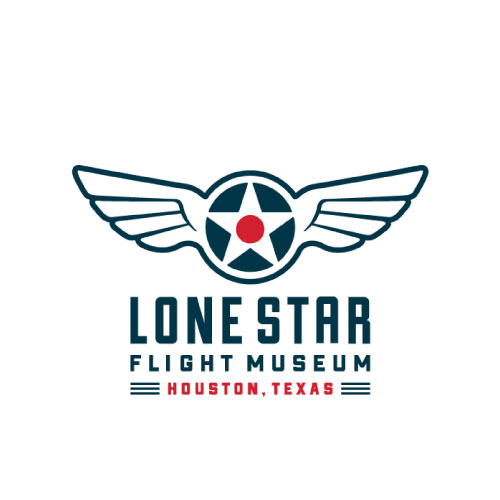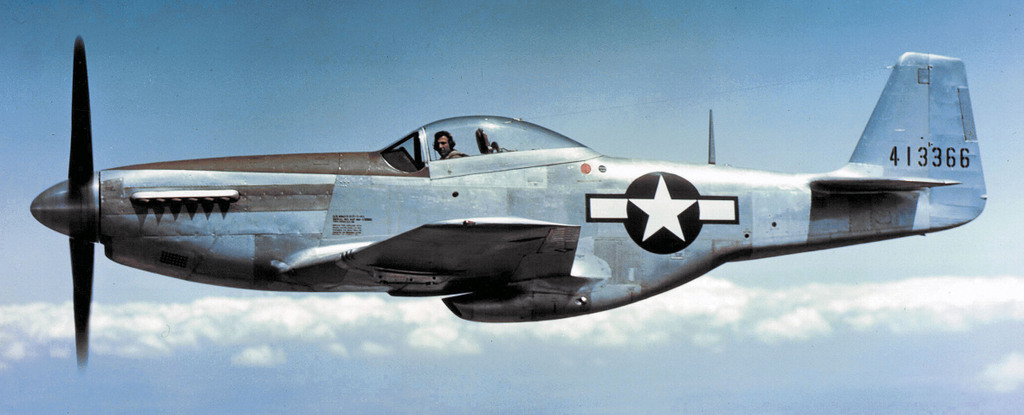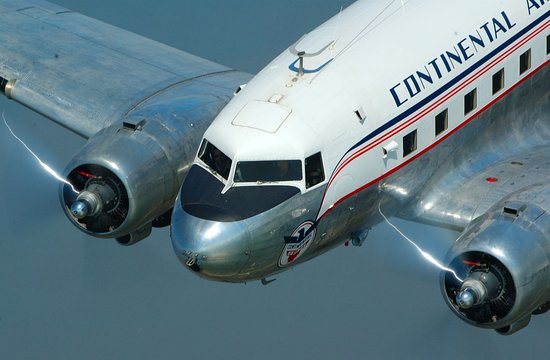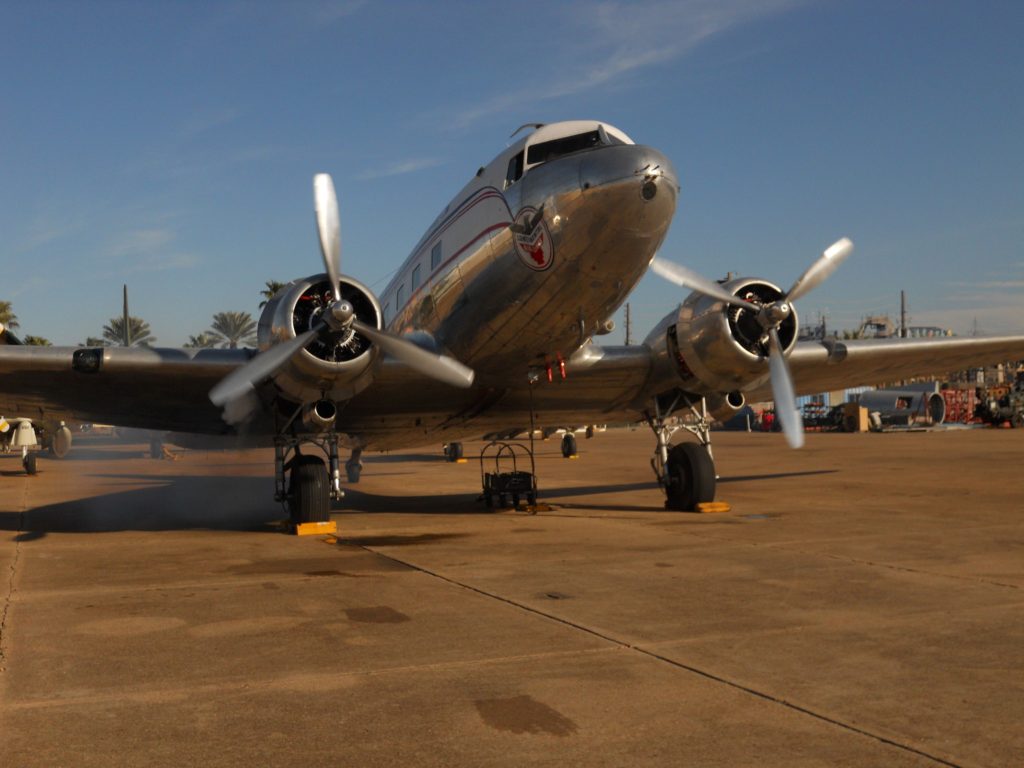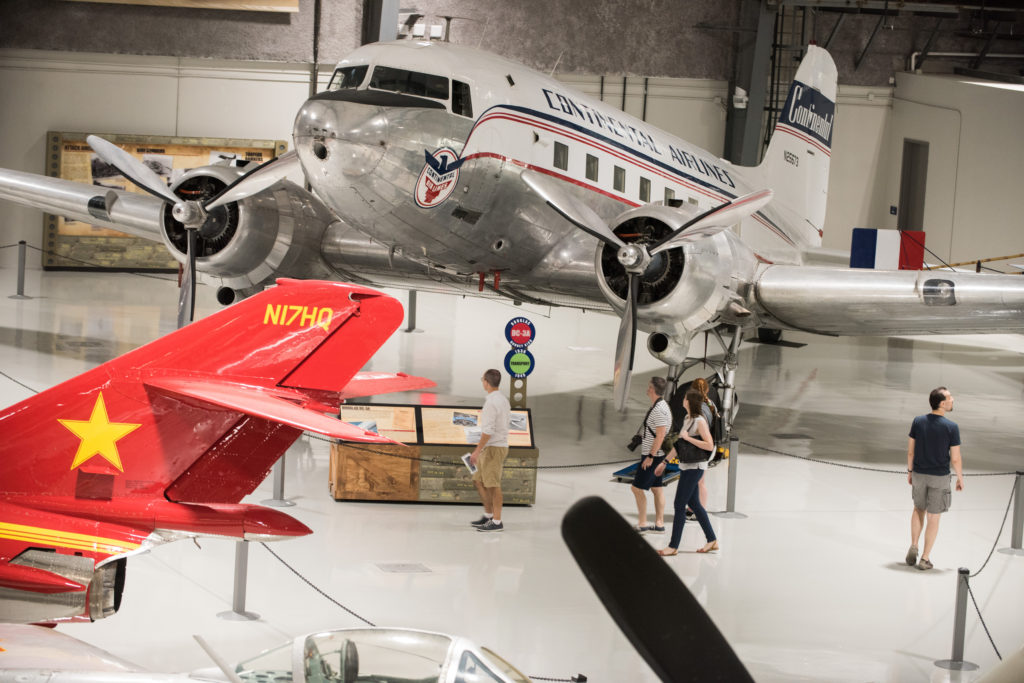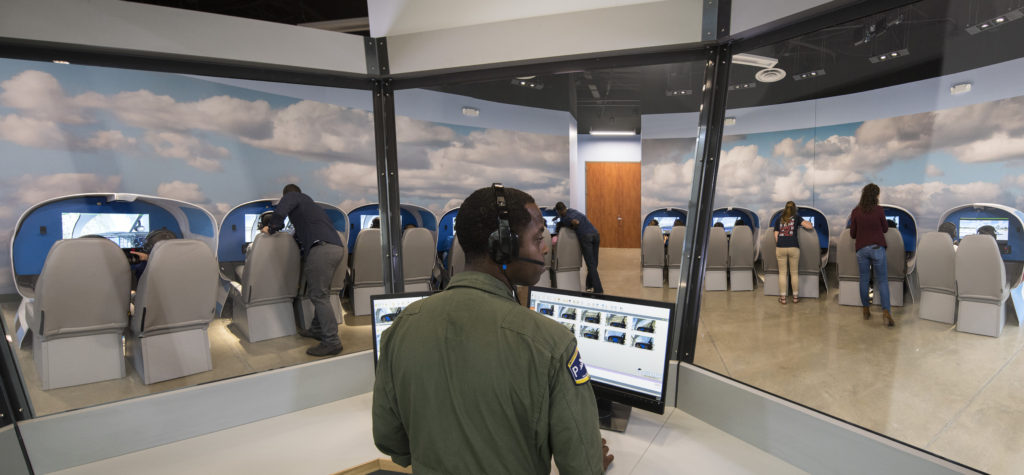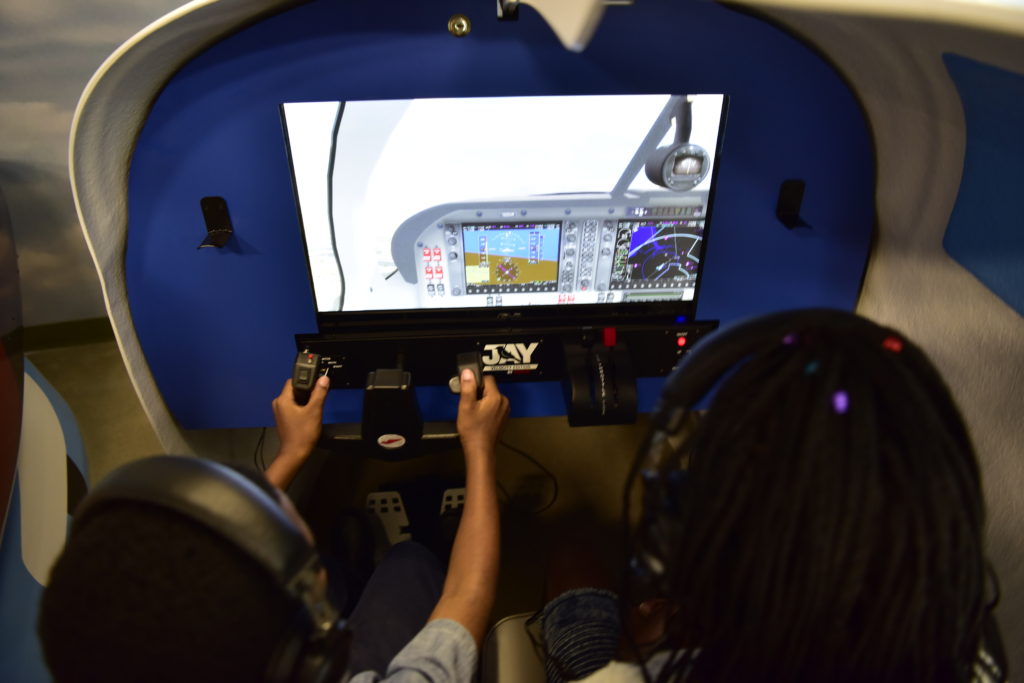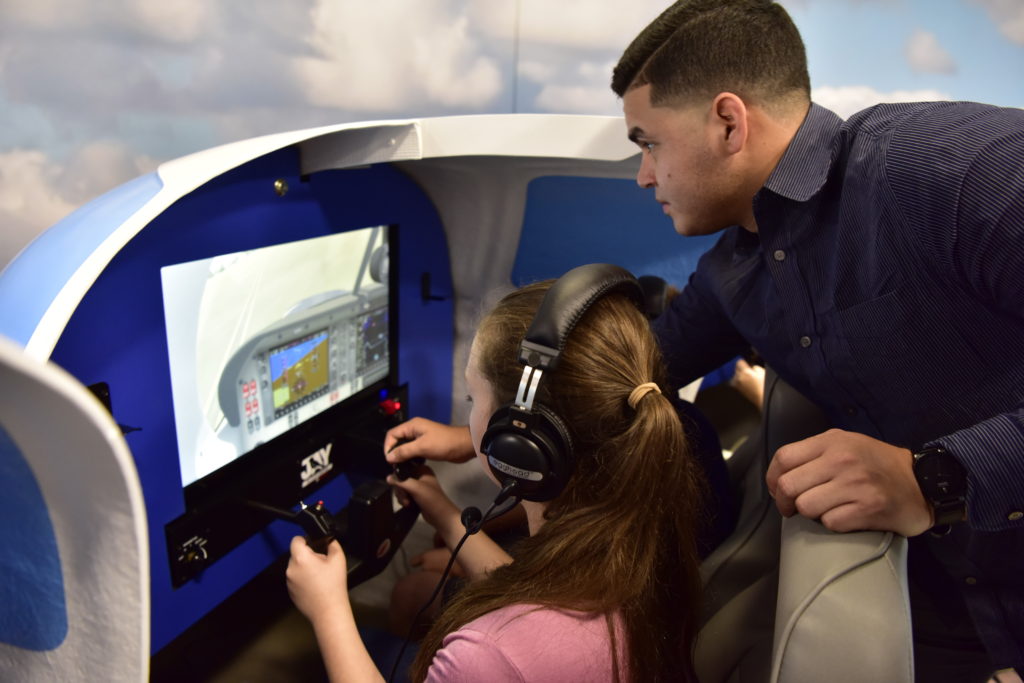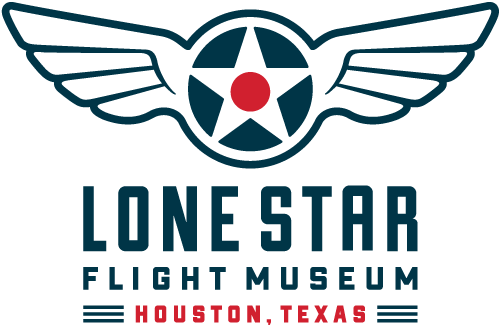Join us this Monday for activities for all ages!
10:00 a.m. Victory Garden Planting in the Front Entrance
During World War II communities would create Victory Gardens to give relief to public food supply rationing and create a boost in morale when their hard work was rewarded by fresh produce. Join us as we replant the Victory Garden with fall fruits, vegetables, and herbs after a successful end of summer harvest! Then pick a seedling of your very own to plant and take home!
11:00 a.m. – 12:30 p.m. & 1:00 p.m. – 3:00 p.m. Continental DC-3 Tours in the Heritage Hangar
Our DC-3 was produced in 1940 and flew seven years for American Airlines. It was later bought by TransTexas Airways, which would later acquire Continental Airlines. When Gordon Bethune, CEO of Continental Airlines, was inducted into the TAHOF in 2004, Continental Airlines donated the aircraft to the Flight Museum.
Travel back in time with a rare chance to tour inside our DC-3. Our expert docents will share facts on the plane and what passenger flight was like in the 1940’s! Handrails, seats, and all touch areas will be sanitized between each tour.
G
g
11:00 a.m. – 3:00 p.m. Take the Controls in Our Simulator Bay
Ever wanted to know what it takes to become a pilot? Explore the skies in our flight simulators. For ages 10 and up try your hand at flying a Mooney 20R Ovation over the Houston skyline. Social distancing and sanitation guidelines will be observed and enforced.
